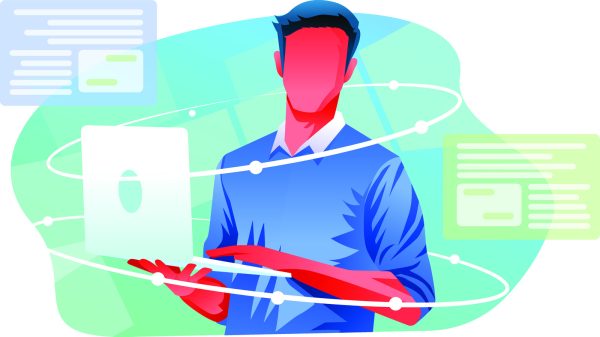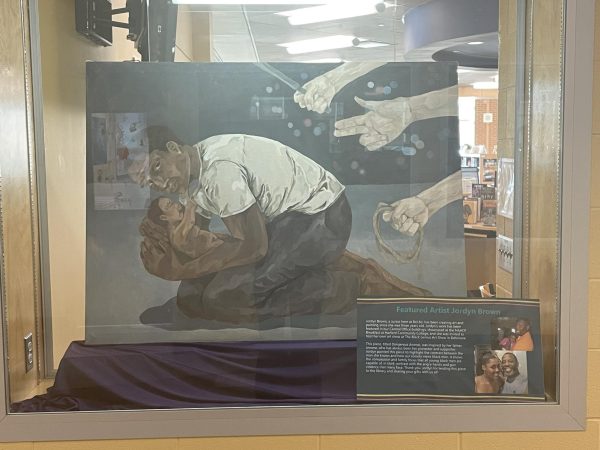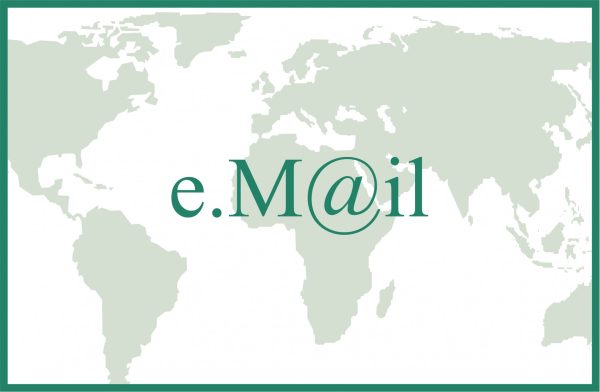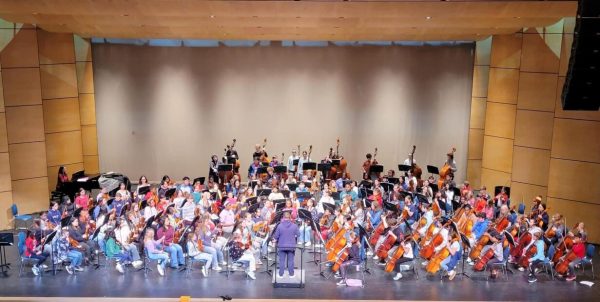Teachers Branch Out With Field Trips of Their Own
December 15, 2014
While students enjoyed their nine days off the week of Thanksgiving, teachers began the holiday week with countywide in-service days. However, HCPS had a new idea this year – teachers were given the option to go on a field trip of their choosing that pertained to their class curriculum.
Several teachers here at Bel Air High School gathered together to participate in the trips, learn a bit more about the subjects they teach, plan lessons, and just get to know each other better.
The Social Studies teachers traveled to Washington D.C. to visit the Crime Museum.
“None of us had been there and it seemed like a worthwhile experience,” explains BAHS Social Studies teacher Mr. Austing.
“[The Spanish teachers] went to Washington DC to the National Gallery of Art to see works by El Greco,” says Senora Brutus, a BAHS Spanish teacher. “We went to see the works in person, because we teach about them in our upper level Spanish classes.”
Ms. Snell, a BAHS science teacher, took a trip to the Maryland Science Center, explaining that she was “looking for a new field trip experience for [her] students and thought it might be a possibility.”
Meanwhile, BAHS English teachers Mrs. Lewis and Ms. Glover joined art teacher Ms. Ballard on a trip to the American Visionary Art museum in Baltimore. This was an experience Lewis would later describe as “refreshing” and “fantastic.”
“I like that the art in the museum is not necessarily by professional artists. It demonstrates the creativity that can come from anybody in any walk of life and it expresses a lot of things in ways that aren’t usually sanctioned by classic art,” she elaborates.
Many teachers who participated in the trips plan to use their experiences on the field trip to add enhance their class curriculums.
“Ms. Ballard and I have decided that we are going to collaborate on something called ‘ekphrastic writing.’ Student writing from my classes will be reflected in projects in her classes, and my classes will then be writing in response to artwork that her students do. I think this is a great technique – especially in my unit about the ‘Voices of Society’ to take a look at what these artists are saying,” explains Lewis.
Pertaining to these plans, Lewis admits that “students get the opportunity to work collaboratively. As teachers, we don’t get that…it was great to be able to incorporate English and Art together. I felt like it allowed me to bring things in that weren’t necessarily going to show up in a curriculum guide.”
“My U.S. History classes are completing a project on urban growth, and much of the information available at the museum lends itself to the project. For example, several exhibits provided detailed information about crime prevalent during the era of Prohibition,” says Austing.
Many teachers, such as Brutus, are interested in taking their students to the location of their trips as well. “I would consider taking my students, especially an AP class! There is so much to see and do in Washington DC, that if we went to the Art Gallery we could also get lunch at a Spanish tapas restaurant or something like that,” she explains.
Teachers concluded that in-service field trips were a great alternative to standard meetings. “I don’t expect my students to be able to sit in a room all day,” Glover laughs. “Why should I expect myself to?”
Snell concludes, “The trip was very educational. It gave me the opportunity to be able to get out of the classroom and see how possible outside experiences can be applied to my classes. I’m glad I went.”











